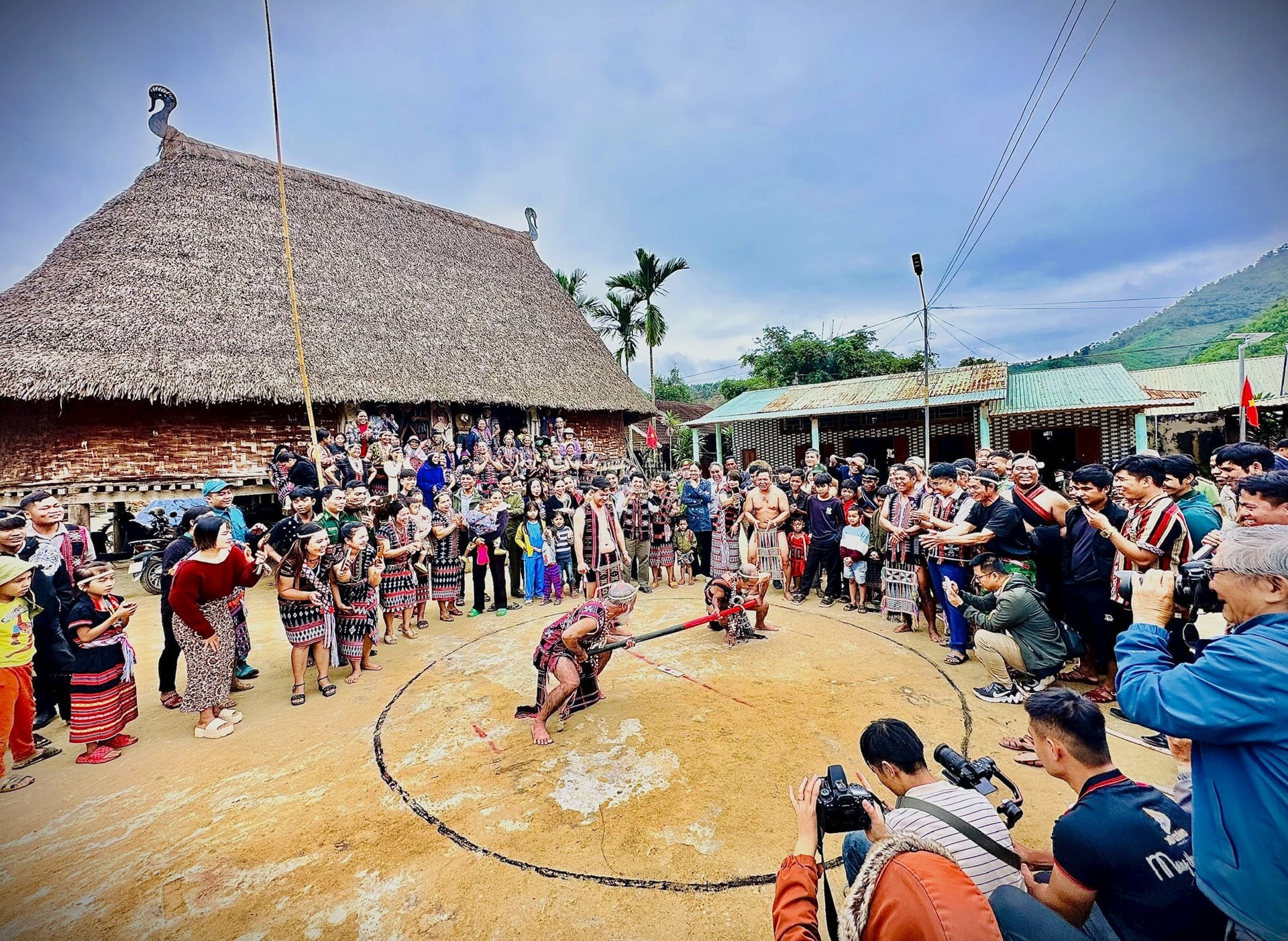
The three steps leading up to the Co Tu people's mirror in the west of Da Nang city are carved with images of ferocious animals, from tigers, leopards, elephants, mountain goats to pythons, monitor lizards, etc. The authority is built and placed right in the middle of the traditional house as a way to express the philosophical message of the Co Tu people to the community.
“Alley touching” into… the village
The similarities among the ethnic minority communities living under the Truong Son forest are clearly shown in the Guol architecture of the Co Tu, the Ong Ve or the long house of the Co. These architectural works are considered as traditional village houses that preserve the stories of the community, as a first "touch" before entering the architectural space of the highland village.
The mirror is usually built in a high, airy place right in the center of the village. The size of the mirror depends on the scale and position of the village, with the architectural style of carvings, typical patterns and motifs, recreating the rich space of community life.
.jpg)
Artisan Bhriu Nga, in Alieng Ravăh village (Song Kon commune) said that in the architectural culture of the Co Tu people, the gươl is considered the soul of the village. The sculptural architecture and the sophisticated patterns carved on the wooden frame imply many stories of the villagers. There, it could be a hunting trip, a new rice celebration or the image of a Co Tu mother sitting by the fire, a young girl pounding rice…
In particular, many gươl depict images of tigers, leopards or pythons - mascots representing strength and authority in the Co Tu village community. “In the past, visitors to the village often entered the gươl first. That was the communal house, the first alley when arriving at the Co Tu village. The more sophisticated and impressive the gươl architecture, the more it demonstrated the power of the villagers. Therefore, women and children, especially pregnant women, rarely visited the gươl,” said Mr. Bhriu Nga.
The Co Tu people often stick animal skulls on wooden pillars under the gươl roof. After the “communal meat” meal, the animal skulls are stuck by the village elders on the roof, along the wooden ribs, creating a rather unique image. This also explains why young people and pregnant women do not dare to go to the gươl, because they are believed to have the souls of wild animals still present in these skulls.
Village elder Y Kong, former Chairman of the People's Committee of Dong Giang district (old) said that the Co Tu mirror vividly reflects the cultural and spiritual life of the community, with its architecture and artistic patterns clearly depicted. The mirror architecture is the overall story of the village, connecting people and gods through unique images.
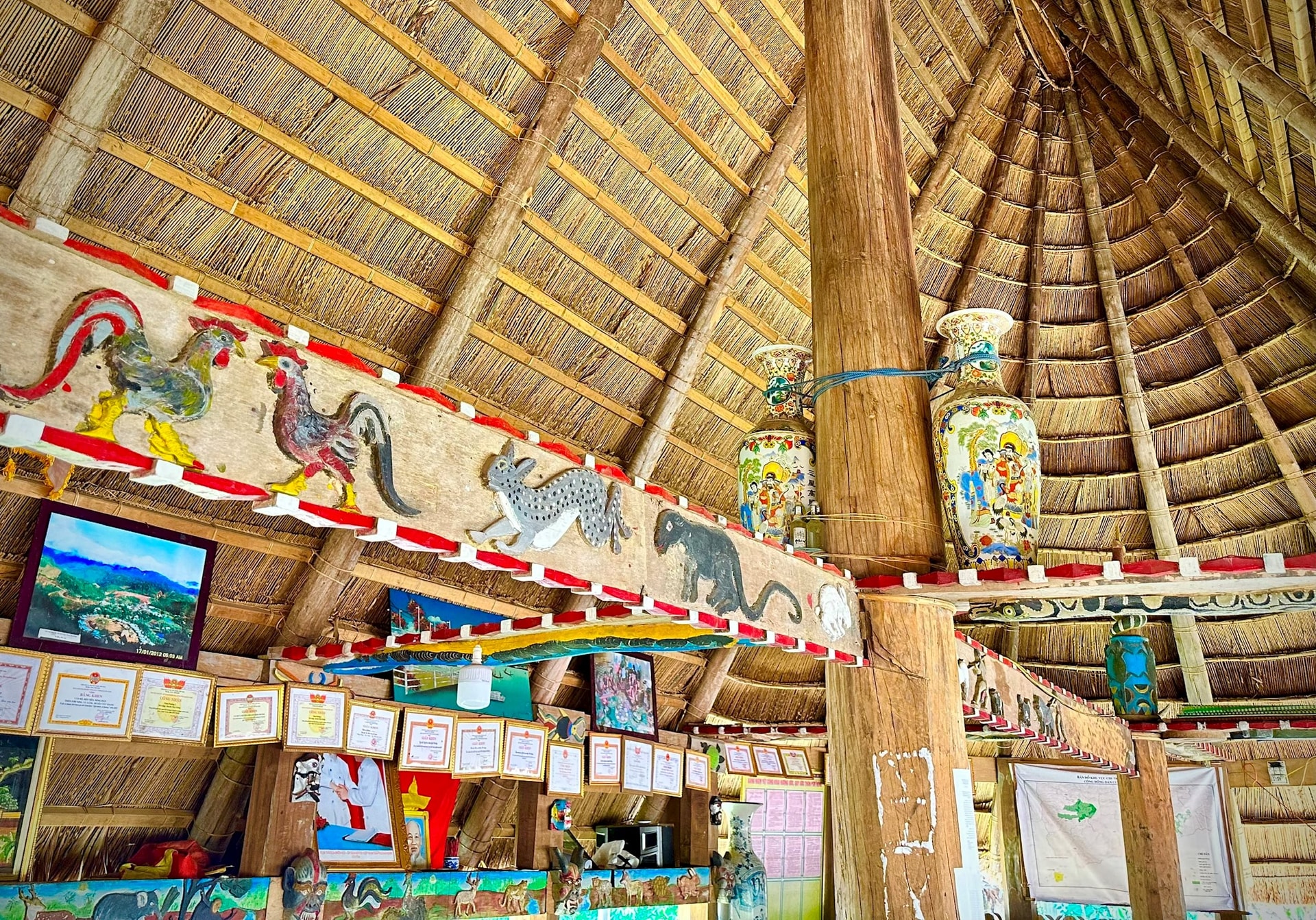
Beautify the community
The Pơrning village’s gươl (Tay Giang commune) is a vibrant space and is considered the most beautiful mountainous institution in the western part of Da Nang city. Unlike some community gươl works, in Pơrning, the gươl architecture is “drawn” by both plastic arts, painting and weaving. That shows that the talent of the artisans in the Co Tu village in the center of Lang commune (old) is very… profound, contributing to beautifying the appearance of the provincial cultural village.
In Porning, the mirror is not only a community living space, but also contains many unique and diverse cultural values with visual arts, from sculptures, paintings to the color scheme and patterns reflected from the thatched roofs and bamboo fences. Anyone who has ever set foot in the mirror can imagine a miniature community outlined through the images of sculptures and carvings.
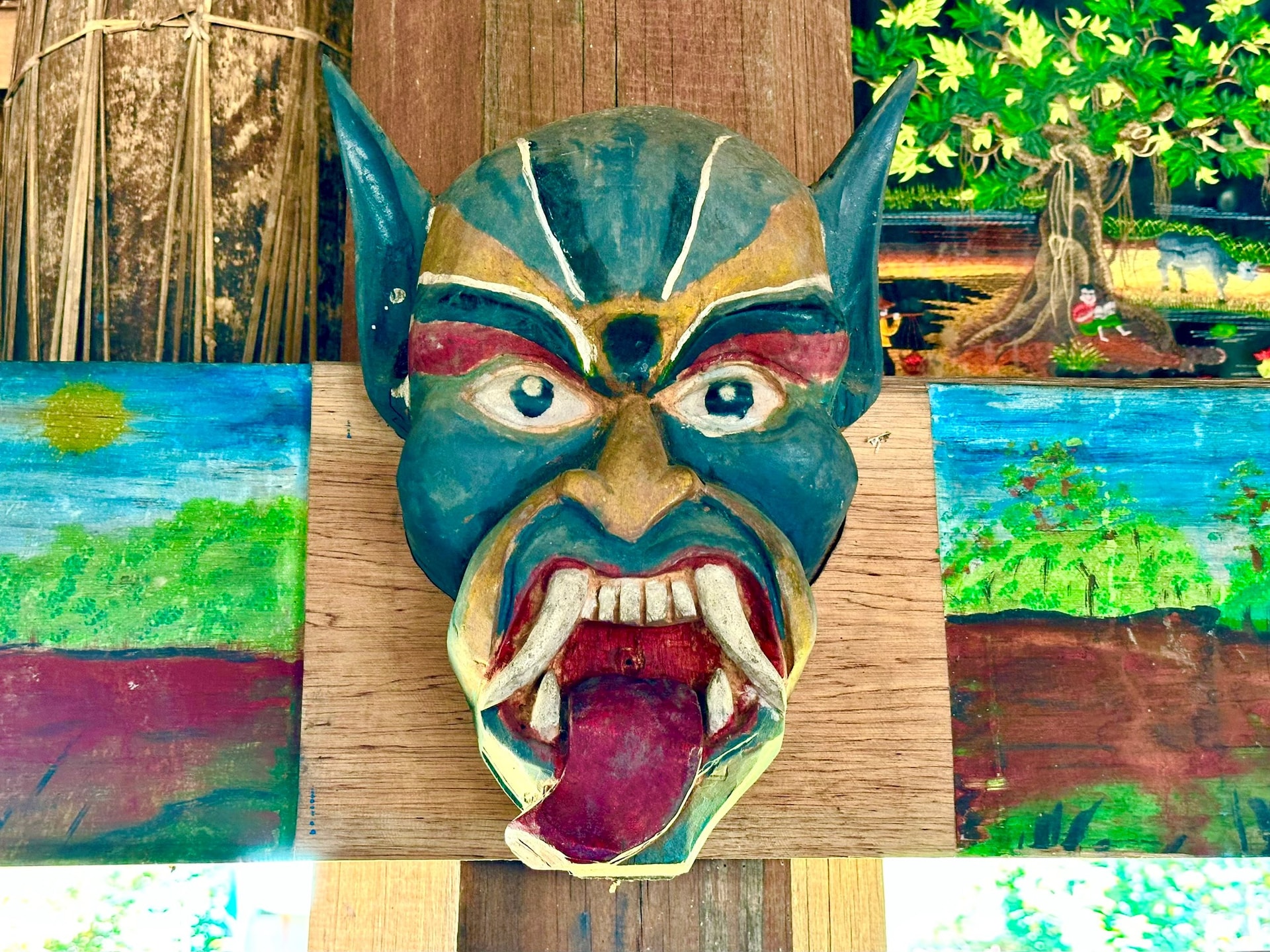
Artisan Clau Nhap, a companion of the late village elder - Hero of the People's Armed Forces Clau Nam, said that when Mr. Clau Nam was still alive, the inside of the mirror was often chosen to receive distinguished guests. At one time, dozens of artisans formed a weaving group together, teaching each other the technique of incorporating patterns into each weaving product. More interestingly, female artisans also created and wove mats and pillows with sophisticated and unique patterns.
Many of the mirrors' panels are woven from bamboo and rattan in zigzag or square patterns with similar styles to those embroidered or woven on brocade.
The Co Tu people are very creative. They know how to "insert" patterns and architecture into visual arts, evoking fresh colors and adding sharpness to the space of the village house.
“At the gươl, the Cơ Tu people also carve human figures, even carve the image of a ca'bhây. This is a demon mask, often placed in front of the village gươl, implying that it will restrain the intrusion of demons. The Cơ Tu people believe that all sacred objects have souls. If the soul is good, it will give birth to a god, if the soul is bad, it will give birth to a demon...” - Elder Clau Nhập shared.
Source: https://baodanang.vn/trong-guol-khac-hoa-chuyen-lang-3305550.html








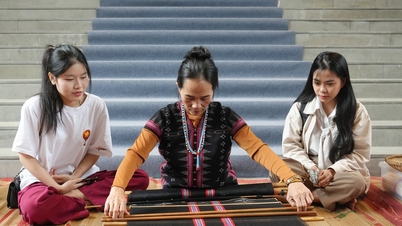
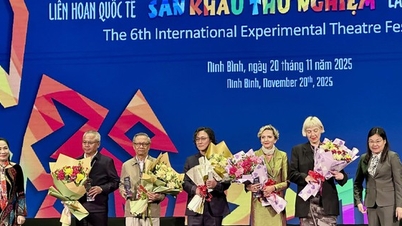



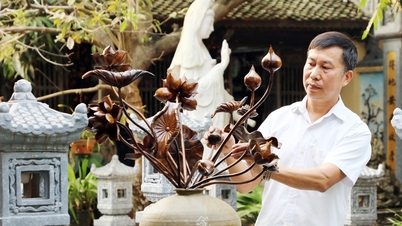



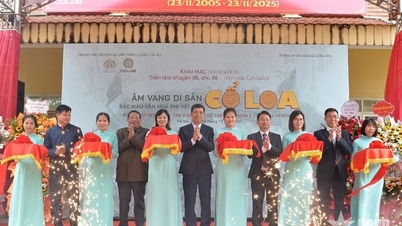

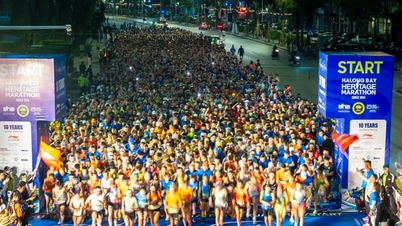

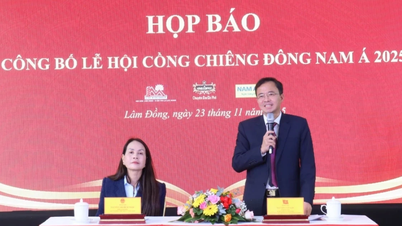

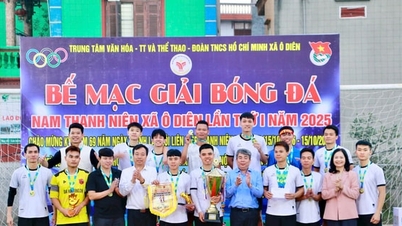
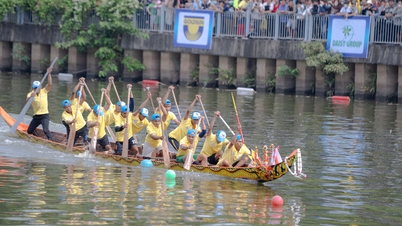
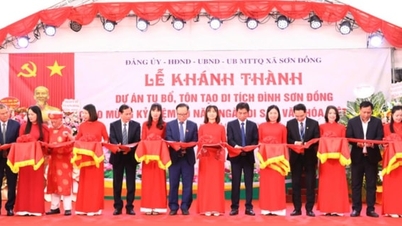
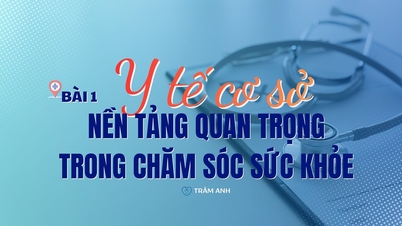


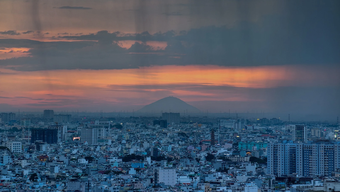
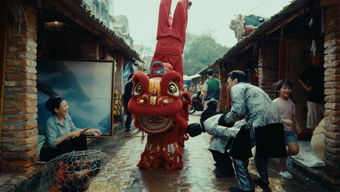
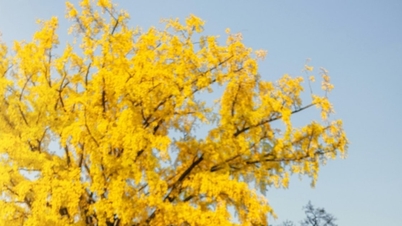
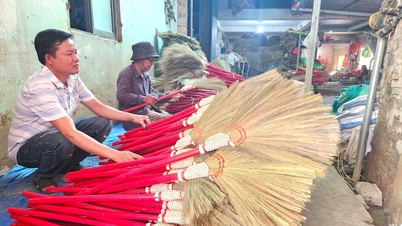
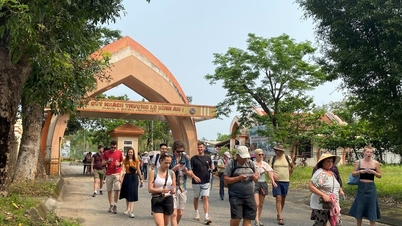
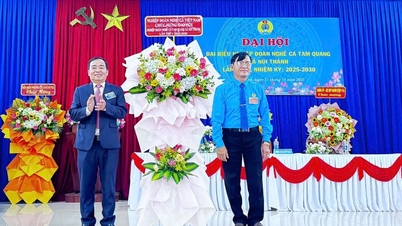
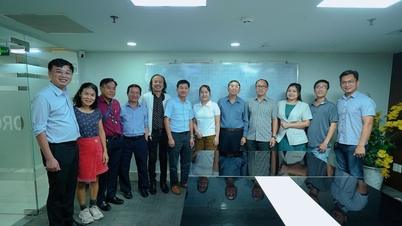
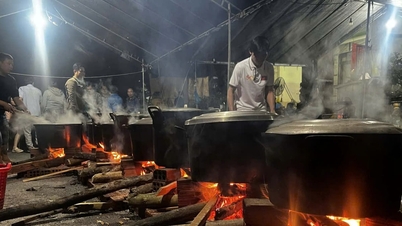

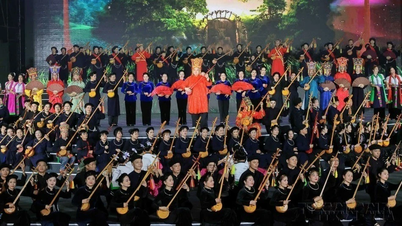
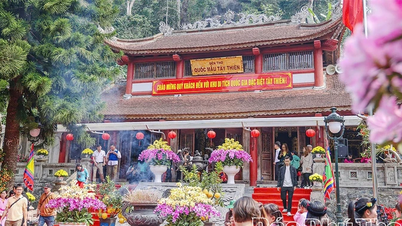
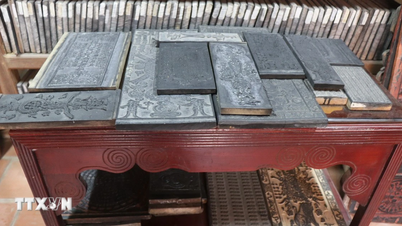

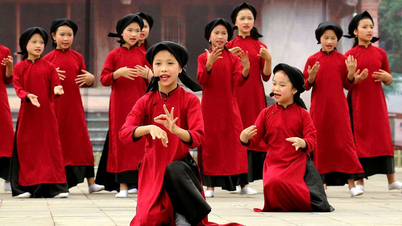

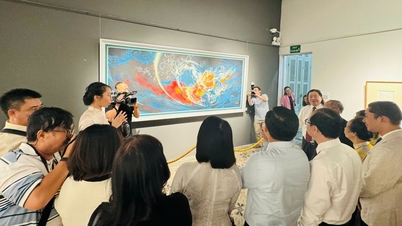


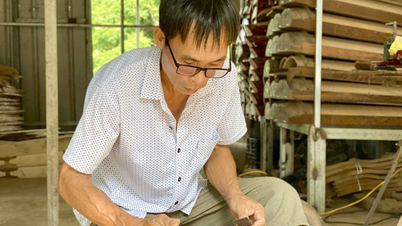
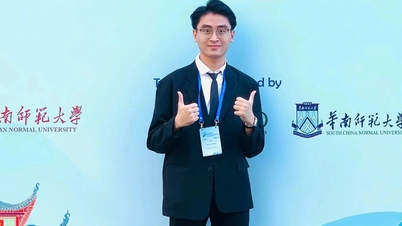
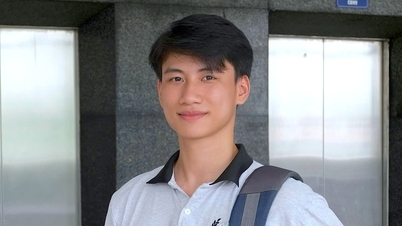
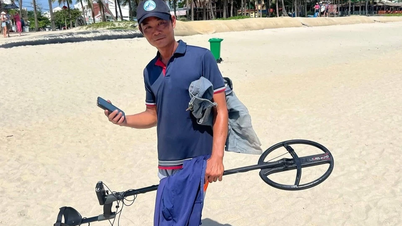



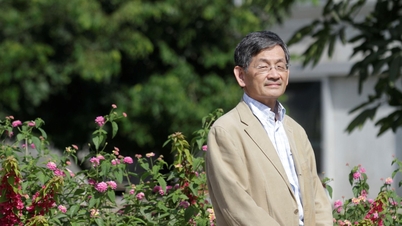
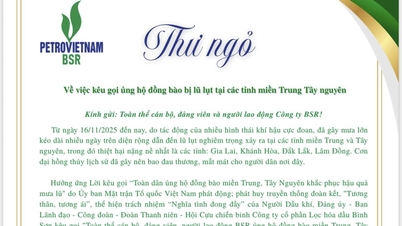

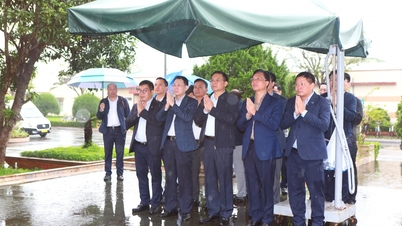
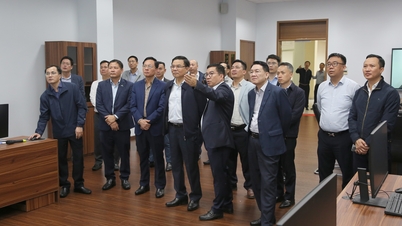
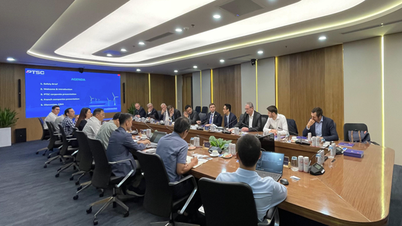
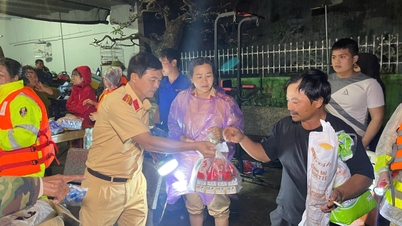



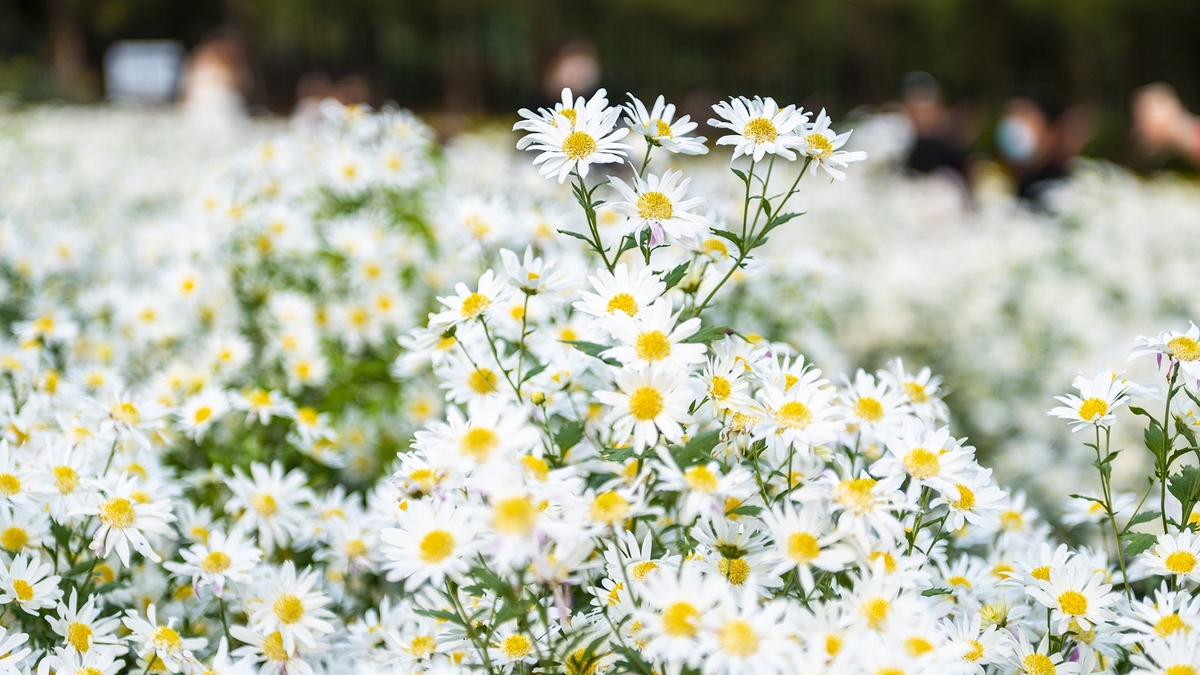

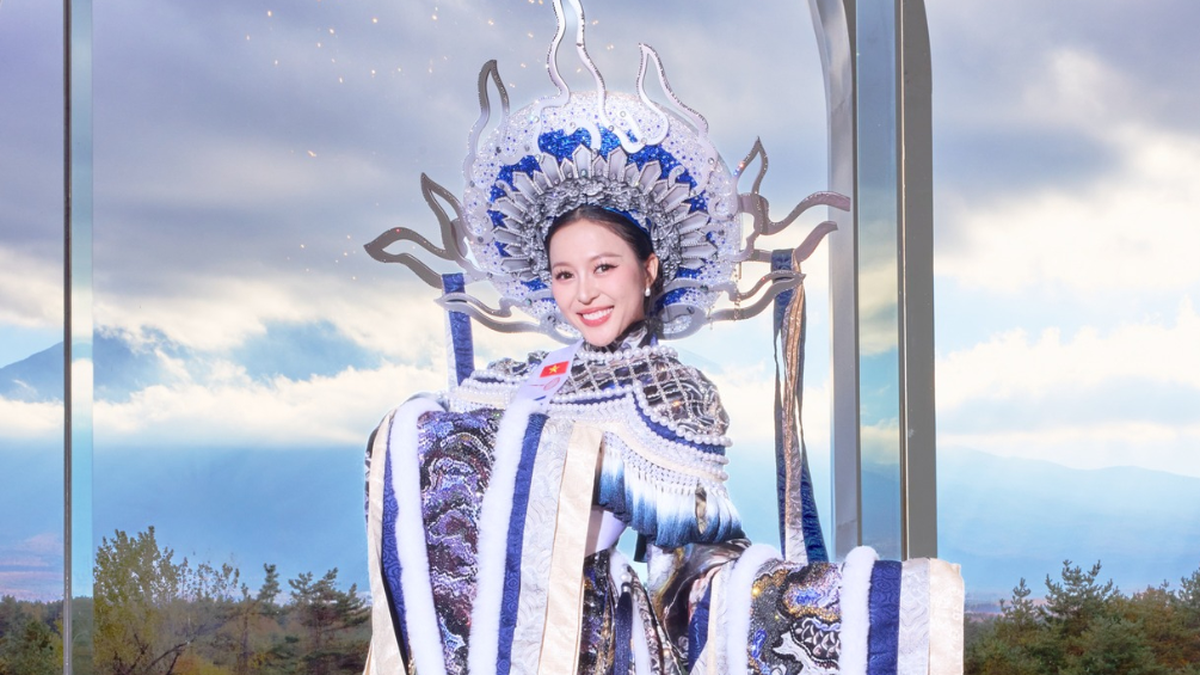
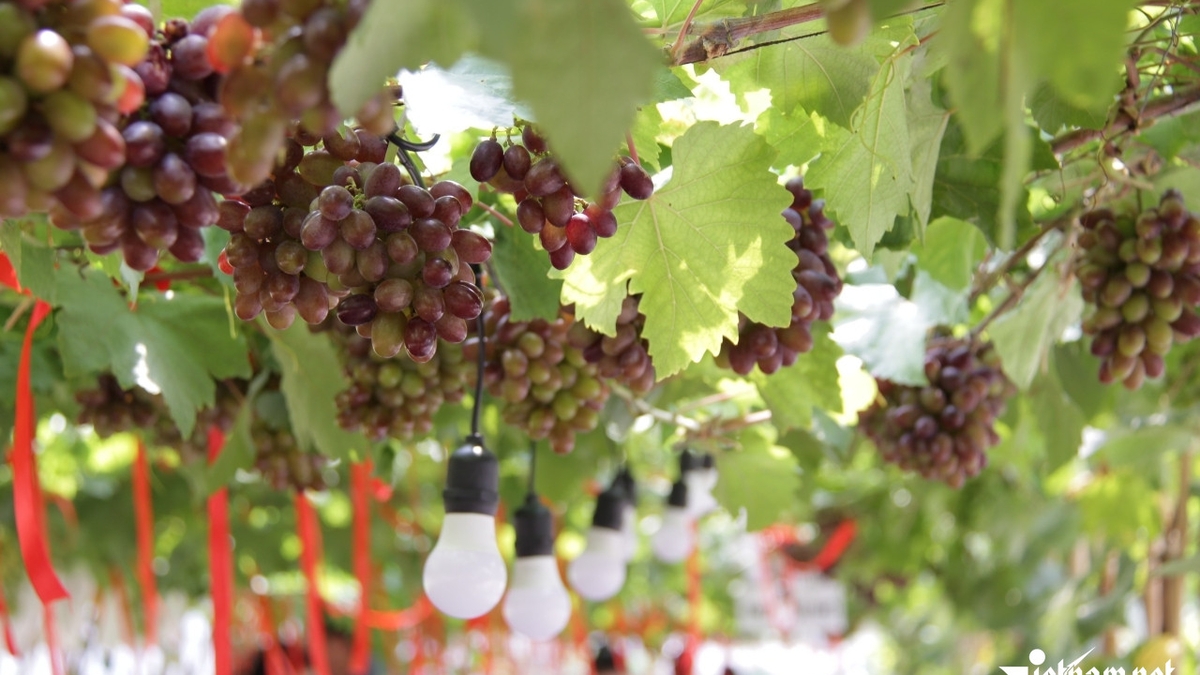
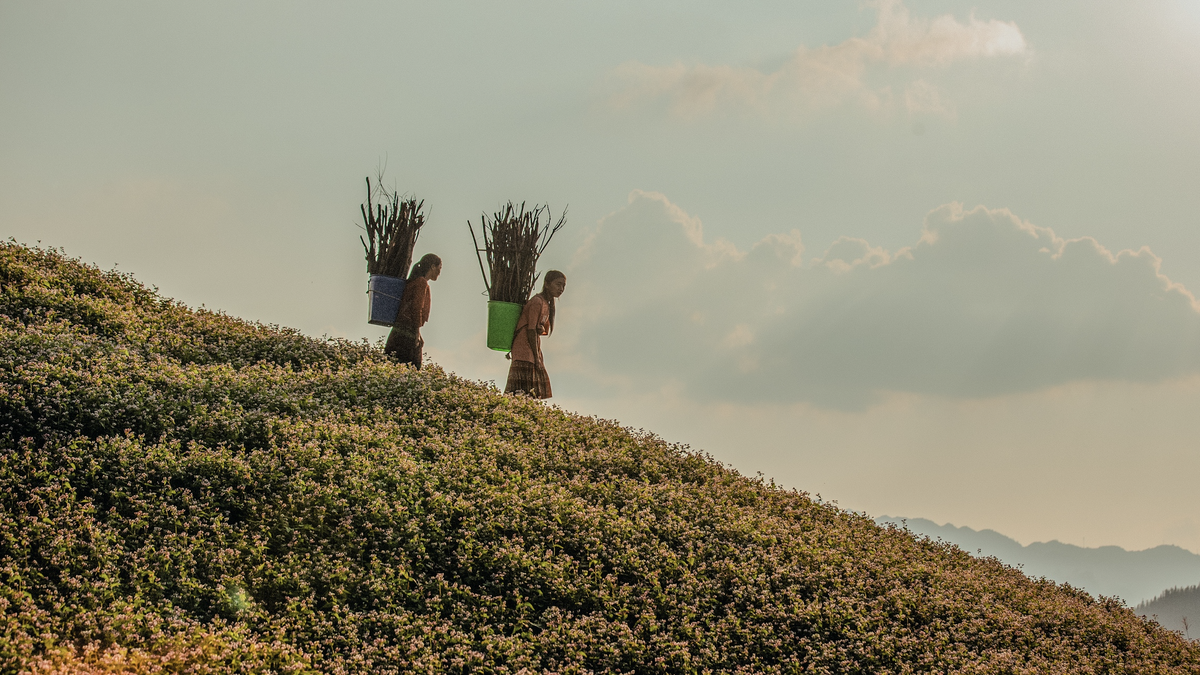
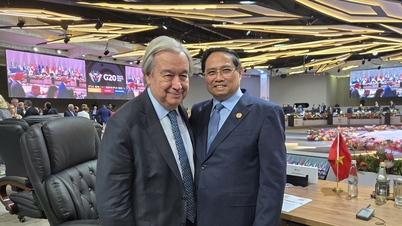
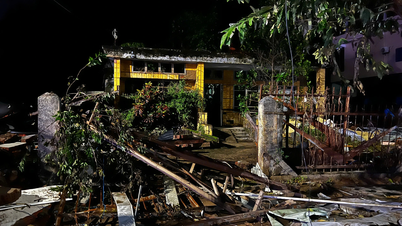

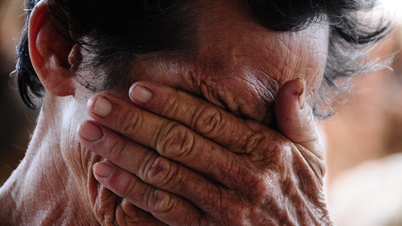

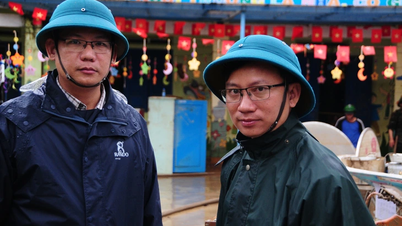
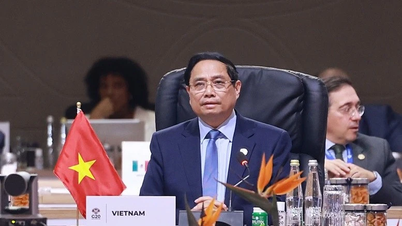

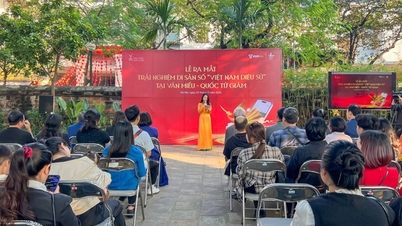

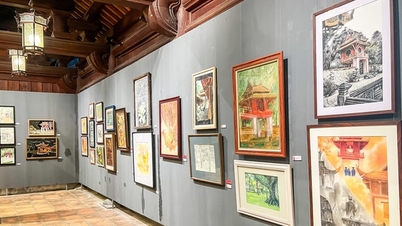
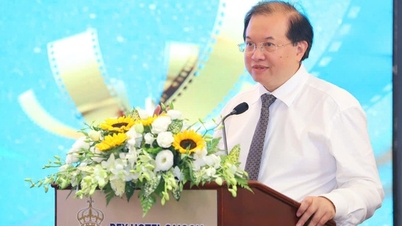
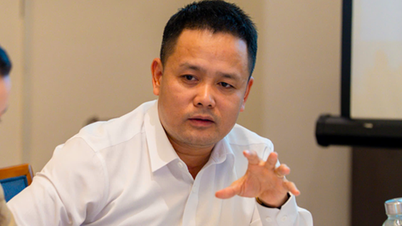
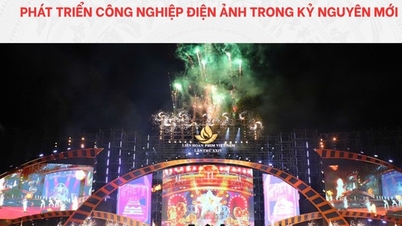
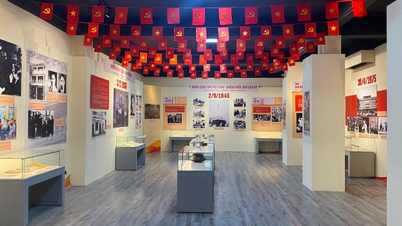

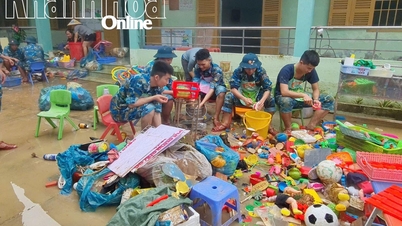



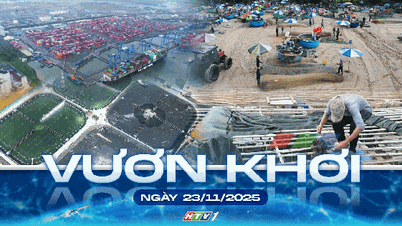

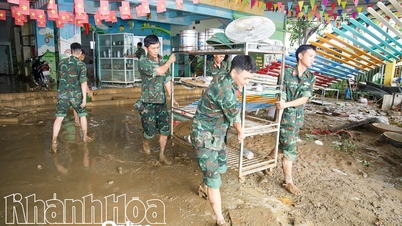
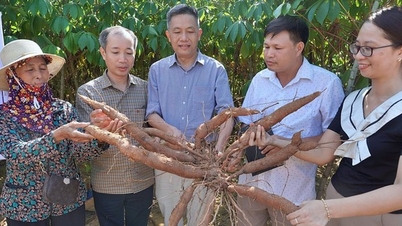


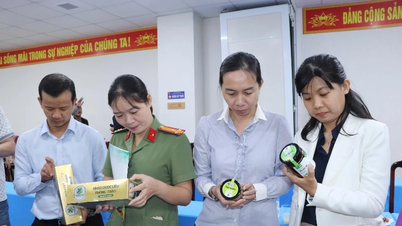
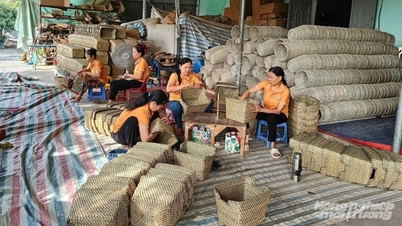

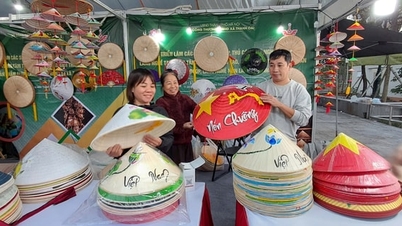
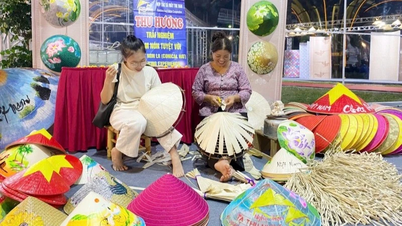





Comment (0)